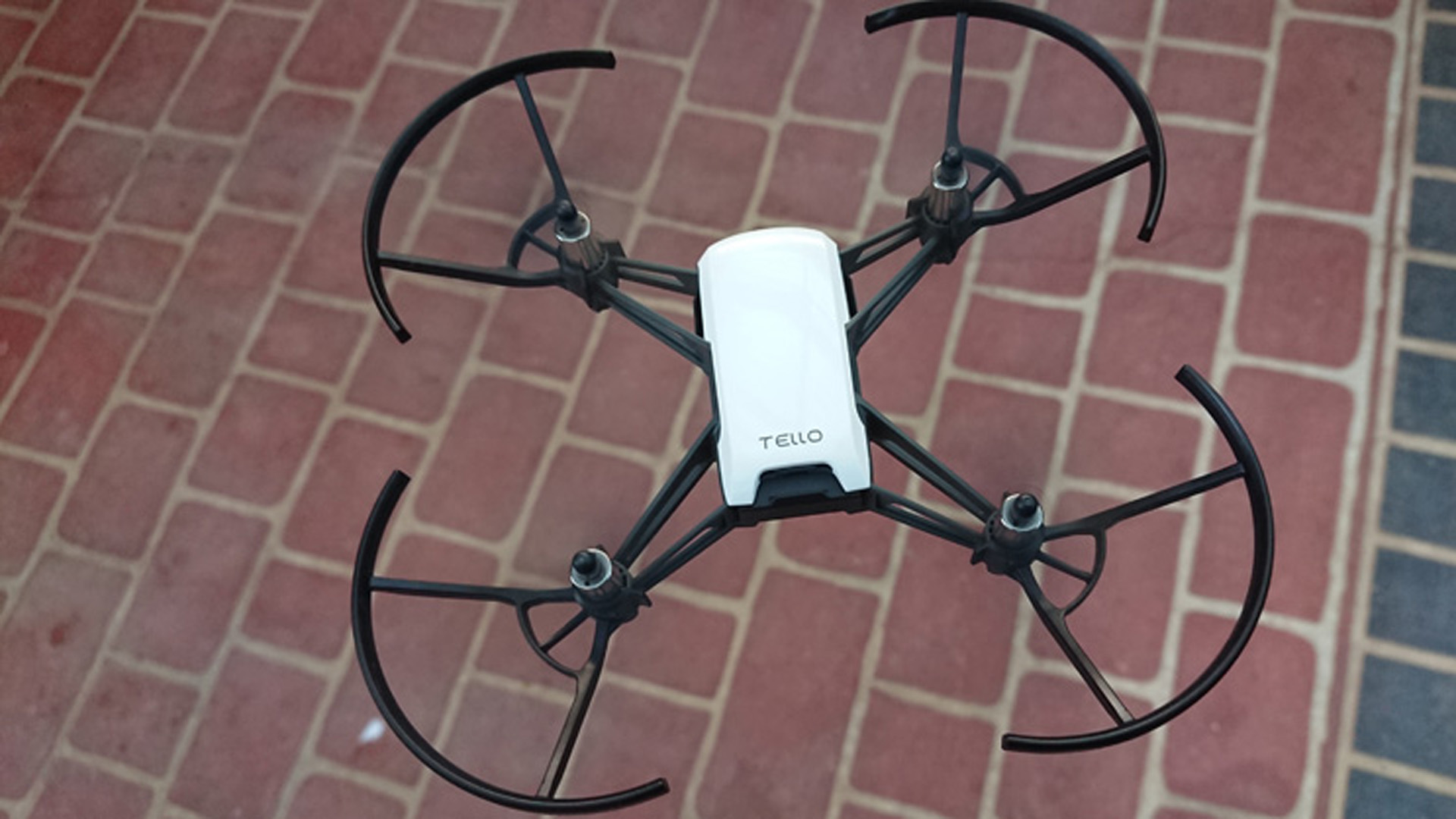Legendary drone manufacturers DJI and Intel have joined forces with Ryze Robotics to bring us the most sophisticated mini-drone available today.
The Ryze Tello is a tiny quad-copter that weighs in at only 80g and measures a svelte 175mm x 175mm. Despite it’s small size the drone is capable of capturing 5MP images and 720p video at 30fps. It also has a removable battery that gives the drone a very usable flight time of around ten minutes.
The Tello’s light weight puts it in the Australian Civil Aviation and Safety Authority (CASA) sub-100g category, exempting it from all the usual regulations such as flying near airports etc. In the eyes of CASA, the Tello is just a toy. Whilst it is easy to fly and designed with young pilots in mind, it’s an amazing device that anyone can have fun with.
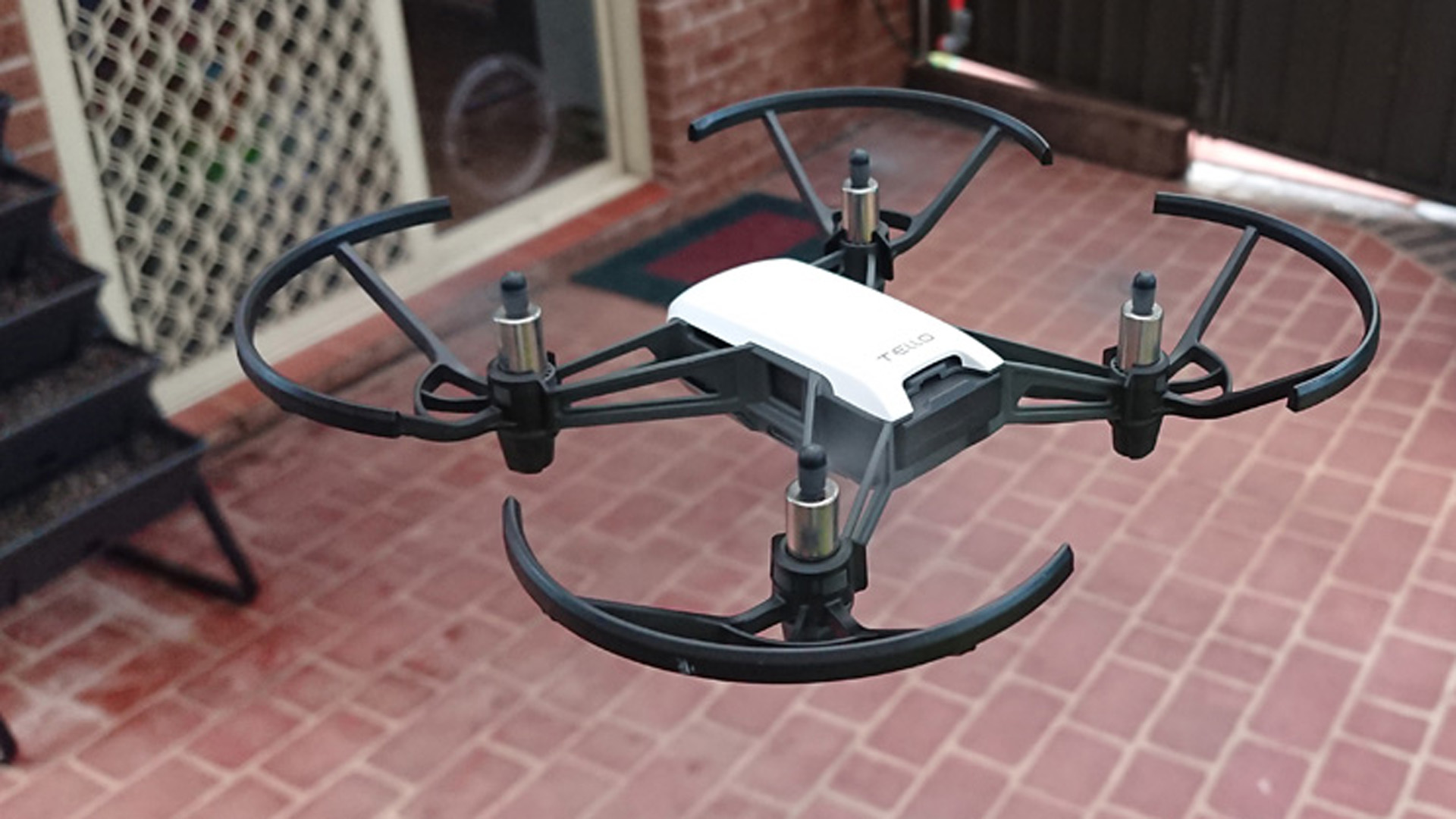
The stated range is 100m with a maximum altitude of 10m. Whilst I agree with the 10m, or thereabouts, height, I could only get a 25m range. The Tello is controlled via an Android or Apple mobile device running the Tello app. The mobile device is connected to the Tello via Wi-Fi, controlling the aircraft and displaying a direct video feed from the on-board camera.
The drone can be set up with either a Mode 1 or Mode 2 control scheme. The lack of Mode 3 is a little disappointing, but for a drone the only costs $170 AUD or $200 NZD, you really can’t complain. It’s a shame the kit doesn’t come with a proper controller as standard, but an optional Bluetooth controller is available for more precise maneuvering.
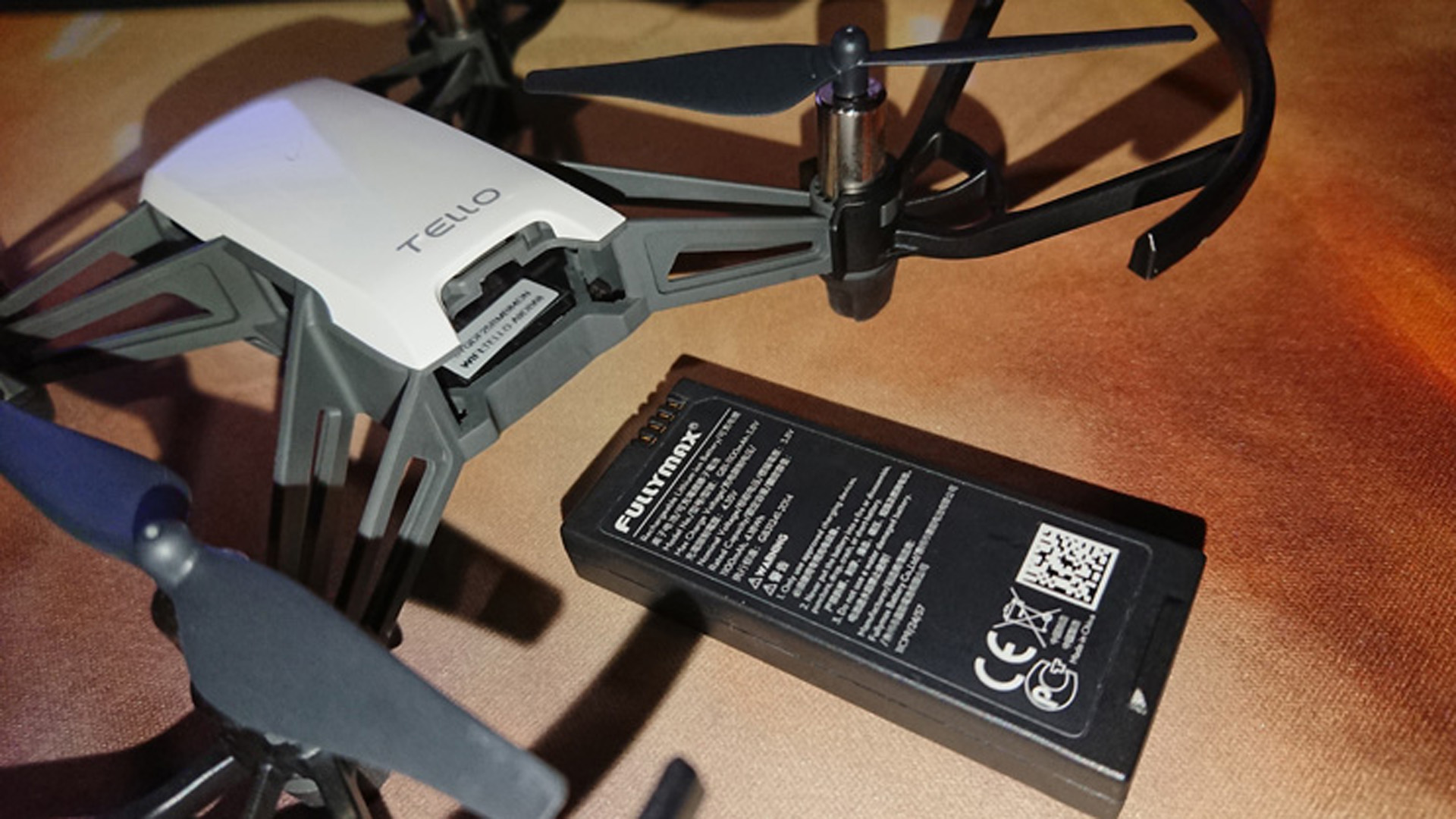
The Tello has two speed settings, with the slower speed aimed at beginners. After a bit of practice most pilots will want to switch to the faster speed, with the most adventurous also adjusting the maximum attitude angle for faster control responses.
Unlike it’s DJI cousins, the Tello doesn’t have GPS for position hold, instead the optical sensors underneath the drone gives it a rock-solid hover. The lightweight drone is perfect for flying indoors and outside on a calm day.
The drone is remarkably robust, able to withstand mild knocks and crashes without damage. The kit comes with some replacement propellers and a removal tool if it takes a big hit. The Tello is light enough that should something go wrong it’s not going to drop like a stone. Whilst the prop guards are removable, I’d recommend that they are left them on, especially for indoor flying.
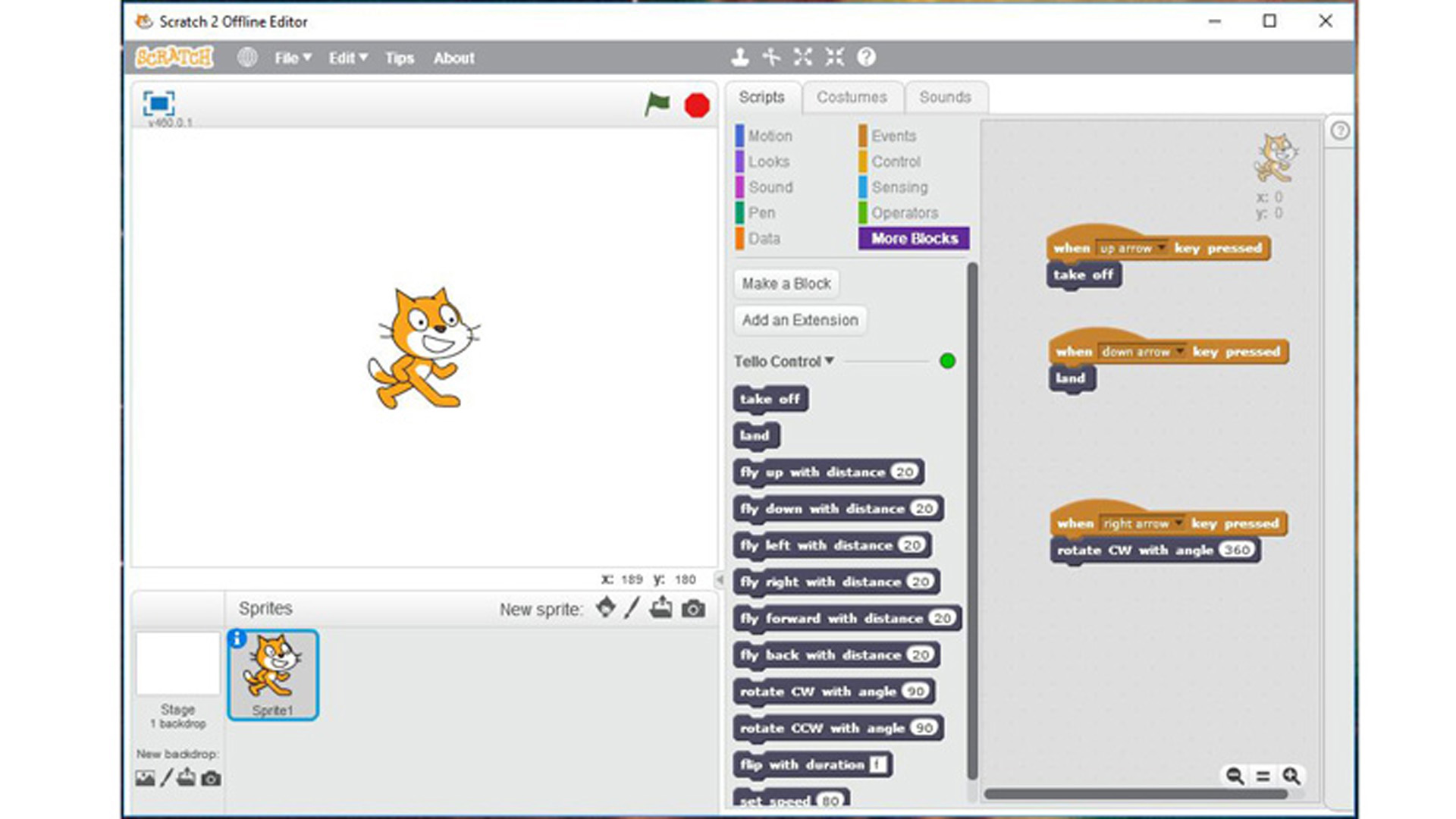
The little device comes with some built-in flight modes selectable from the Tello app. With one button press you can launch the drone by gently throwing it, get it to record whilst flying away from you, fly in a circle whilst recording, record a video whilst spinning around or just have it bouncing up and down.
If you really want to show the Tello’s abilities of to your friends, the 8D Flips mode is the way to go. A swipe of your finger will have the drone flipping in the direction of your swipe, over the front, back, left, right and over all four diagonals. In the correct light, due to the precision of the optical sensors, it does all this without losing altitude or shifting position.
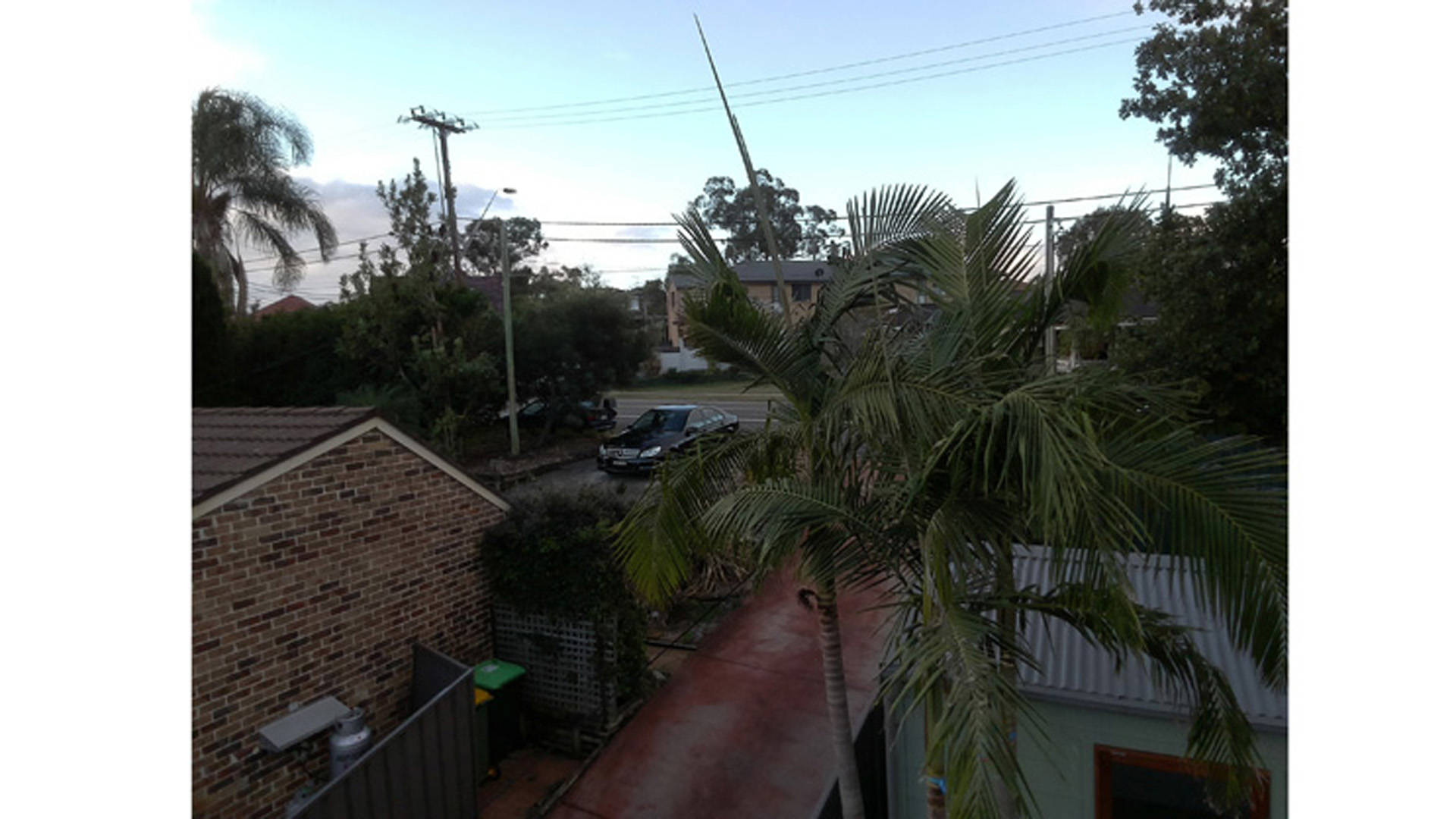
With the Tello, Ryze Robotics provide full support for STEM learning by making the drone programmable. With the aid of some extra downloadable libraries, the Tello can be controlled via the popular MIT-developed programming app Scratch 2. The easy to understand visual coding tool can be used to generate simple scripts for the Tello.
The Ryze Tello is a fun little drone, perfect for beginners or anyone wishing to fly a drone without the financial outlay of one of DJI’s more feature-packed machines. The sub-100g weight means you can fly it how you want and when you want without breaking Australian CASA regulations. The Tello is easy to fly, surprisingly nimble and packed with a pretty capable camera. Al in all the little drone offers outstanding value for money.
[rns_reactions]

